Starting out your vegetables or flowers indoors or under glass can greatly extend your growing season. And there’s no better way we’ve found to extend our season than using module trays. The right tray will help you grow more and healthier plants, and will greatly improve your overall harvest.
We, gardeners, are always in a search of growing more with less. We know because that’s exactly what we are trying to achieve. A great addition this year is our nursery in the attic. But with that came the need for seed or module trays. That turned out to be harder than we expected. Most trays are made of very soft plastic bending and breaking easily. A few already had a tear before we had the chance to use them.
What are we looking for in trays?
- Strength
- Long life
- Made from recycled materials
- Ease of use
- The good cell size for the compost
Last year in August I took it upon myself to find the perfect module trays for this growing year! Let me take you along for my ride and explain what I found, the good, the bad, and the ugly.
Things we ran into
The first thing that stood out was the sheer amount of seed and module trays available. Made from many different materials and a wide range of sizes. Going to a garden center helps with inspecting the product a bit better. The pictures in webshops usually leave some space for your imagination. I’ve actually bought some trays that ended up being way too shallow and have small cell sizes.
The price difference is also something that stood out. Some trays would cost pretty much the same but on arrival would perform quite differently.
Many things to look out for when buying your trays but let’s look out my journey trying to find the right one.
The first seed tray
The first trays were actually for starting out microgreens. These were Seed trays and really hard to find in The Netherlands. By accident, I stumbled upon a seed tray from Ali Express (Yes I’m aware this might not have been the best choice). This was really the only place I was able to find them back then. Ordered a bunch and waited roughly 2 months because they got lost in shipping. BUT! They arrived and actually were of a decent quality. Not the strongest but definitely strong enough to stay in one piece and grow my microgreens in.
Now I know it doesn’t really qualify as a module tray but it was the first tray that I ordered for the nursery. We are still using them right now to support other trays that are not as sturdy so that is a big plus.
Pros
- Strong
- Common size (55 x 28 cm (20″x 10″)
- Slots on the bottom to help with water distribution
- Fit’s Perfectly on the nursery
Cons
- No modules
- Not Eco friendly
- Starting to tear after a few months
Not the first tray that we used tho! We started out with I would say the most organic way to start out our seeds. Module trays are made out of pressed wood fibers, peat, and limestones. With a total of 12 cells, these seemed to be great to start out with (I was wrong).
Biodegradable Module Trays
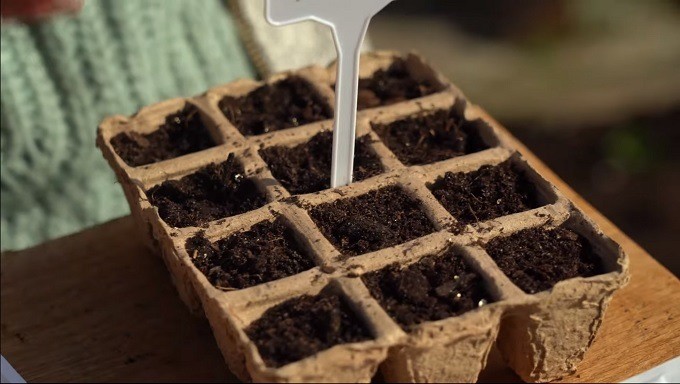
Something we can easily buy at most garden stores today is these biodegradable module trays. They come in 6 to 12 sizes and are usually quite okay price-wise. At first glance, they are actually quite strong. They have been pressed into shape with quite some force and seem to be able to handle everything with ease. That is.. until you start watering your plants.
The moment water hits your soil the pots suck up all the moisture and take away the moisture from your plant’s root system. And because of all the water, they start to get soggy and fall apart. We used them on top of plates and seed trays to make sure we didn’t need to touch them too much.
They do come with the big benefit of not needing to take them out of the trays. You can plant them directly in your soil and they will slowly decompose and actually feed the soil.
Pros
- Biodegradable
- Easy of use when transplanting
Cons
- Soft
- Sucks moisture away from your plant roots
- Falls apart after watering
Multi-cell Module Trays
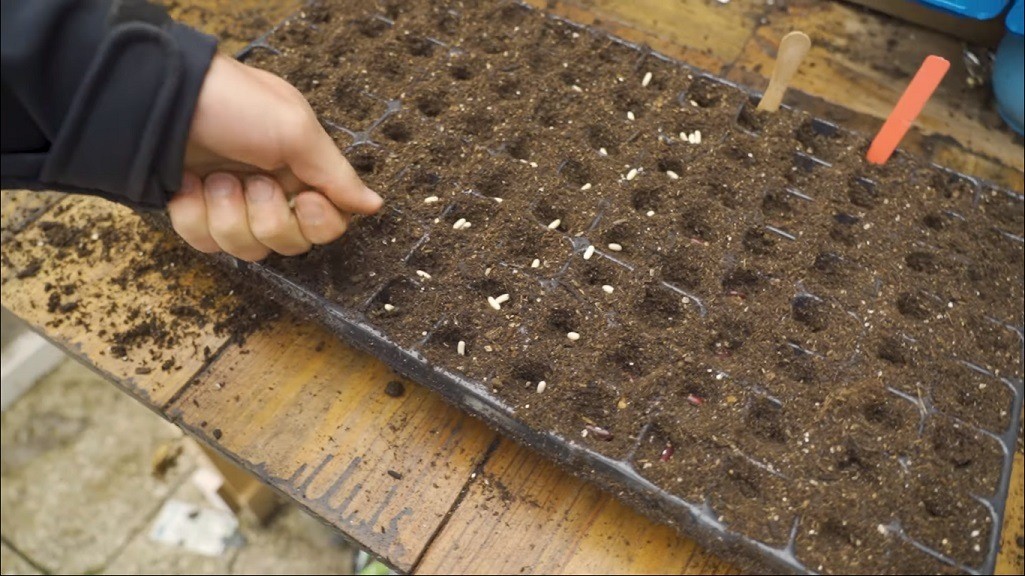
After the biodegradable pots, we decided to go with big multi-cell module trays. The ones in the pictures actually have 104 cells. This gives loads of space to start out vegetables. The cell sizes are okay.
We got lucky because we already had the seed trays that are a common size like these where (55 x 28 cm (20″x 10″). So we could fit these soft plastic module trays into our seed trays and create some extra strength. On their own, they don’t really have any strength. Especially when adding the weight of the compost.
In general, we were quite happy with using these module trays up until the point of watering and transplanting the seedlings. You need to water these trays twice a day to keep the compost moist. And to transplant, we either needed to squeeze the cells to force the plants out or use a small pencil or stick to poke them out. Transplanting from these trays took up loads of time and created damage to the tray.
Pros
- Fits many plants
- Common size (55 x 28 cm (20″x 10″)
- Fit’s Perfectly on the nursery
- Okay cell size
Cons
- Soft
- Hard to transplant
- Sharp edges
- Dry out quickly
Soil block maker
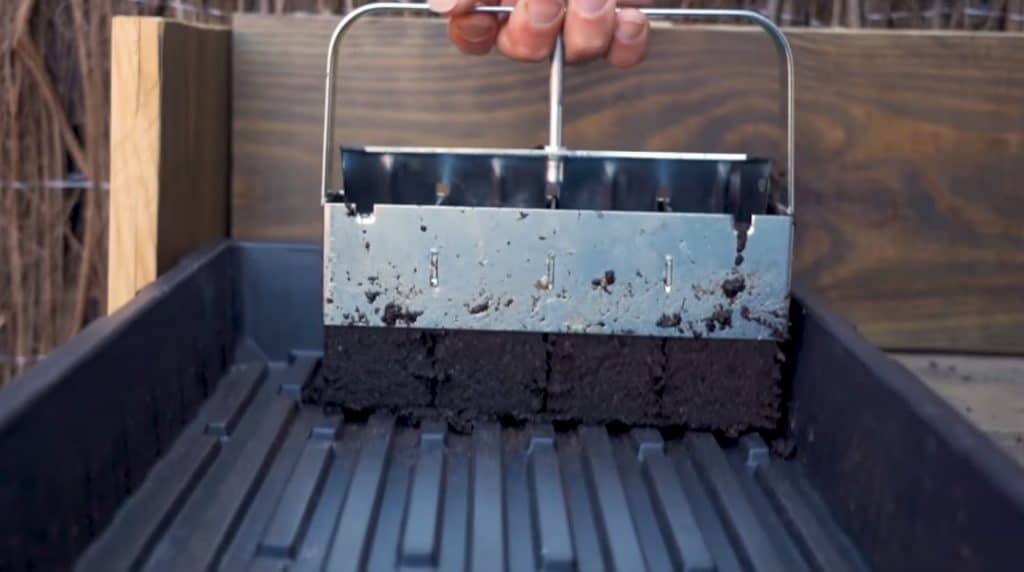
After the module trays, I found a nifty tool that actually works great to start out your seeds. Big blocks that contain nothing more than compost. That’s the thing I liked the most about the soil block maker.
It works by compressing soil into the cells and pressing them back out. You have to wet your soil in order to get it to work so you also don’t really need to water after planting your seeds. It’s really easy to use and you could actually just make a fun day out of it together with your kids. It is quite time-consuming to make the blocks but if you make it into a fun chore it’s definitely doable.
The blocks of course need something to stand on so you either need to give up some of your plates, create some wooden structure or grab a seed tray. One thing I did notice was the roots looking for water in the surrounding cubes. Especially with beans and peas, this turned out to be a bit of a pickle when transplanting.
I would suggest this tool for small-space growers that don’t want to use soft plastic module trays but still want to start indoors to extend the growing season. But this is not for those who want to grow a lot of vegetables or that don’t want to spend time making the blocks.
Pros
- Big cell size
- No need for plastic
- Ease of use
- Long-life
- No need to water after
Cons
- Needs a base
- Takes a lot of time
- Roots quickly grow into other blocks
- difficult to water
Sturdy, hard plastic module trays or plug trays
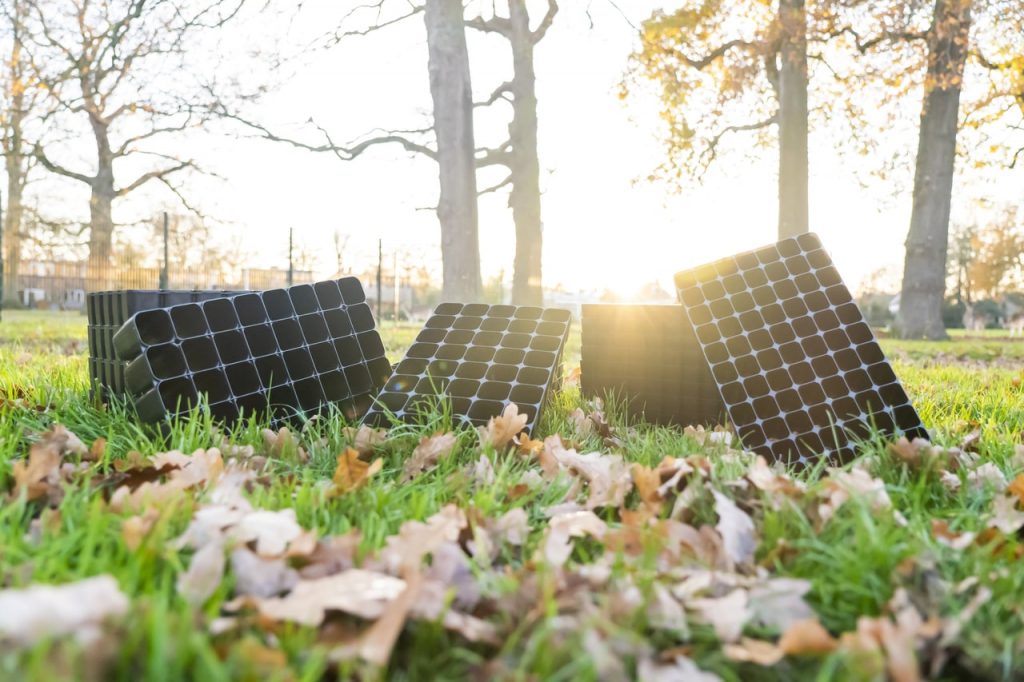
After all those trials I still didn’t find the tray that really made me smile when using them throughout the entire process. Every way of starting seeds indoors was filled with compromises left and right, so I kept on searching.
And that’s when I found sturdy module trays. The trays were made out of strong plastic that seemed to be strong enough to prevent them from bending or breaking. The cell sizes were variable because I ordered a few different sizes (40L, 40H, and 77L). But they are all quite high and therefore had loads of space for the compost.
One thing that I liked is the use of recycled materials but I know that some people don’t have that high on their priority list.
My plants have been slowly growing in the trays and that’s when the most brilliant part came of these trays. The holes in the bottom are big enough to fit your entire finger through. This way I can easily poke out the seedlings without using extra tools or breaking the tray.
As you might be able to tell I’m quite excited about these trays. That’s when I thought more people should be able to use these trays since they are long-lasting, easy to use, made out of recycled materials, and extremely durable. For me personally, that’s all I was looking for in extending my growing season.
The trays are now available in our web shop for those of you that are struggling with the same issues.
Pros
- Big cell size
- Made from recycled materials
- Ease of use
- Long-life
- Strong
Cons
- For me none.
Conclusion
There are many different trays on the market that could suit your needs. It’s always good to look at your growing situation and get what works for you. I’m personally still using most of the other trays that I talked about in this blog but some are starting to show signs of early retirement.
I’m going to leave you with this video on how to make your own cell plug popper to speed up the process of transplanting even more!
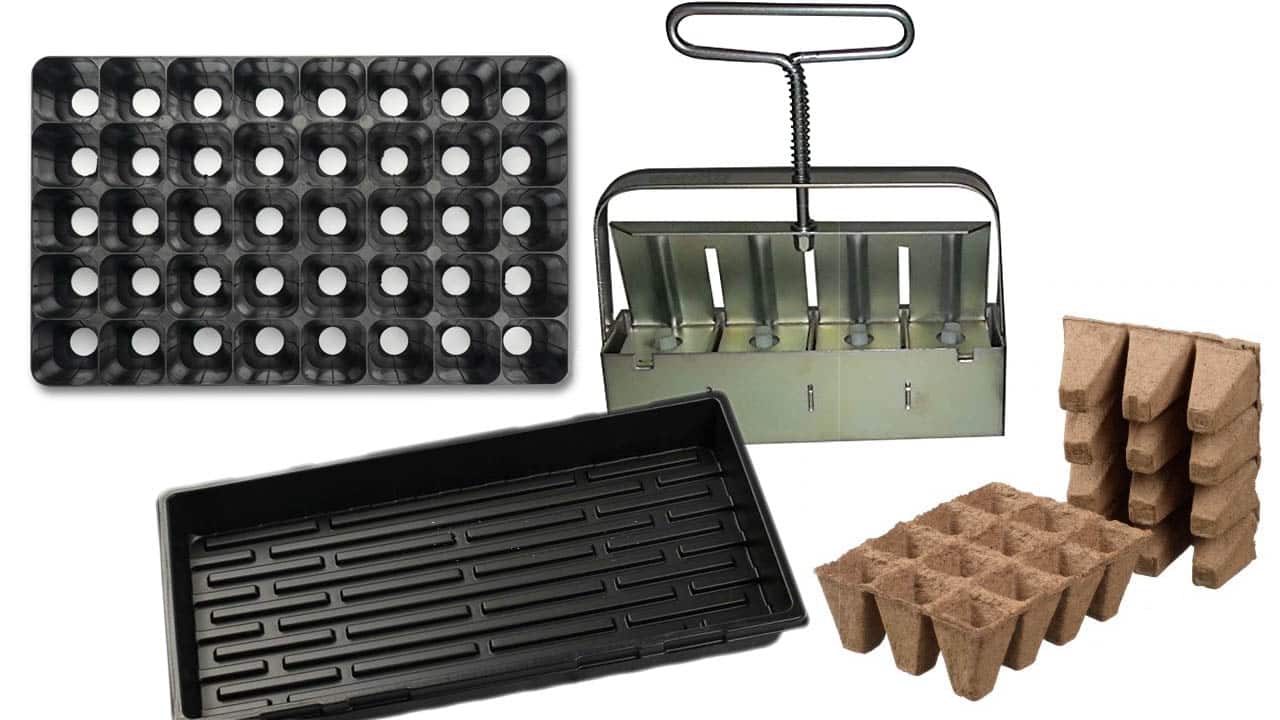
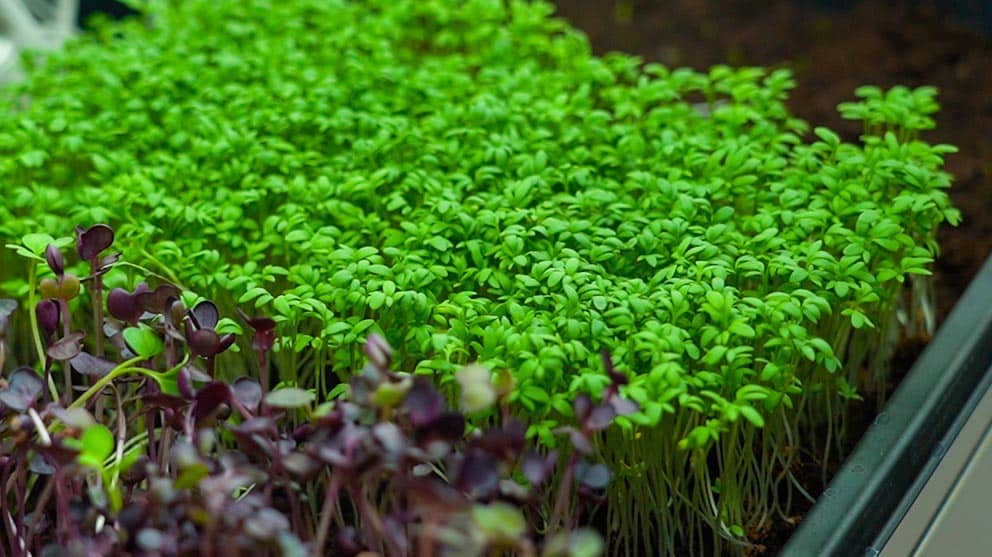
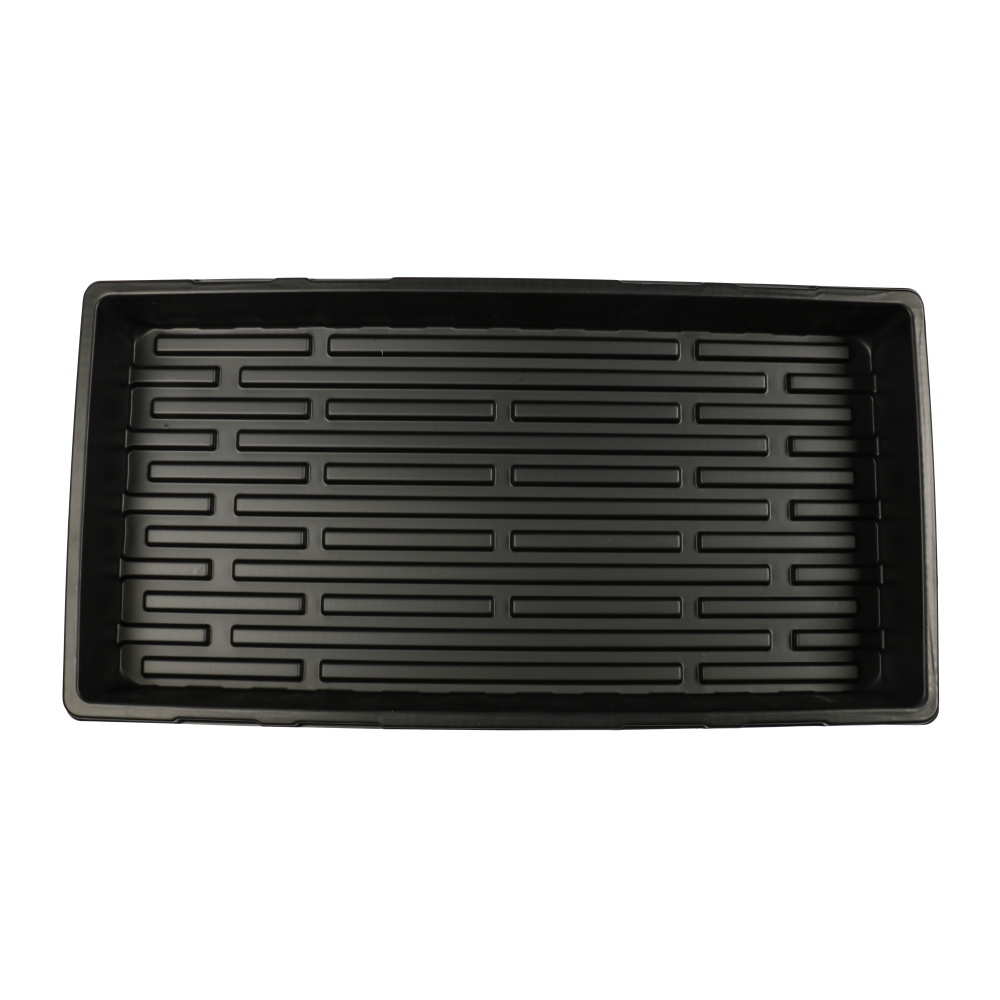
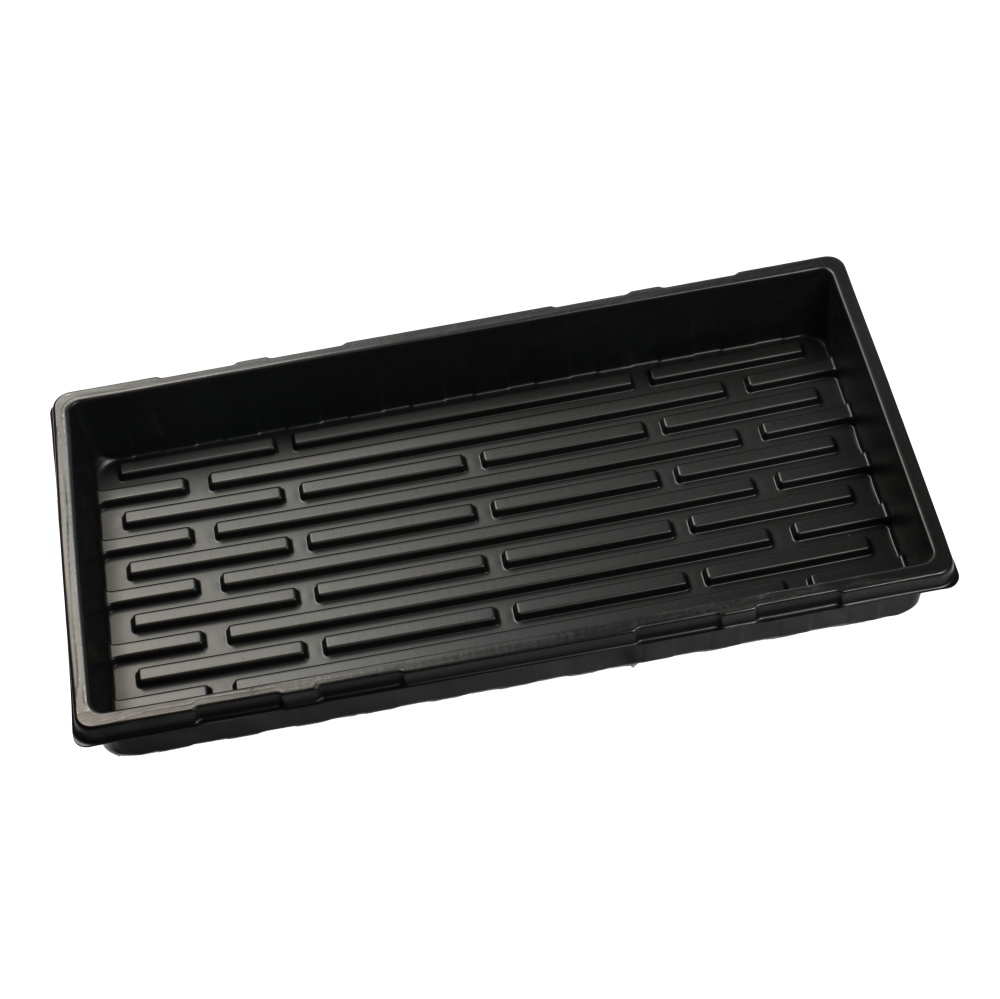
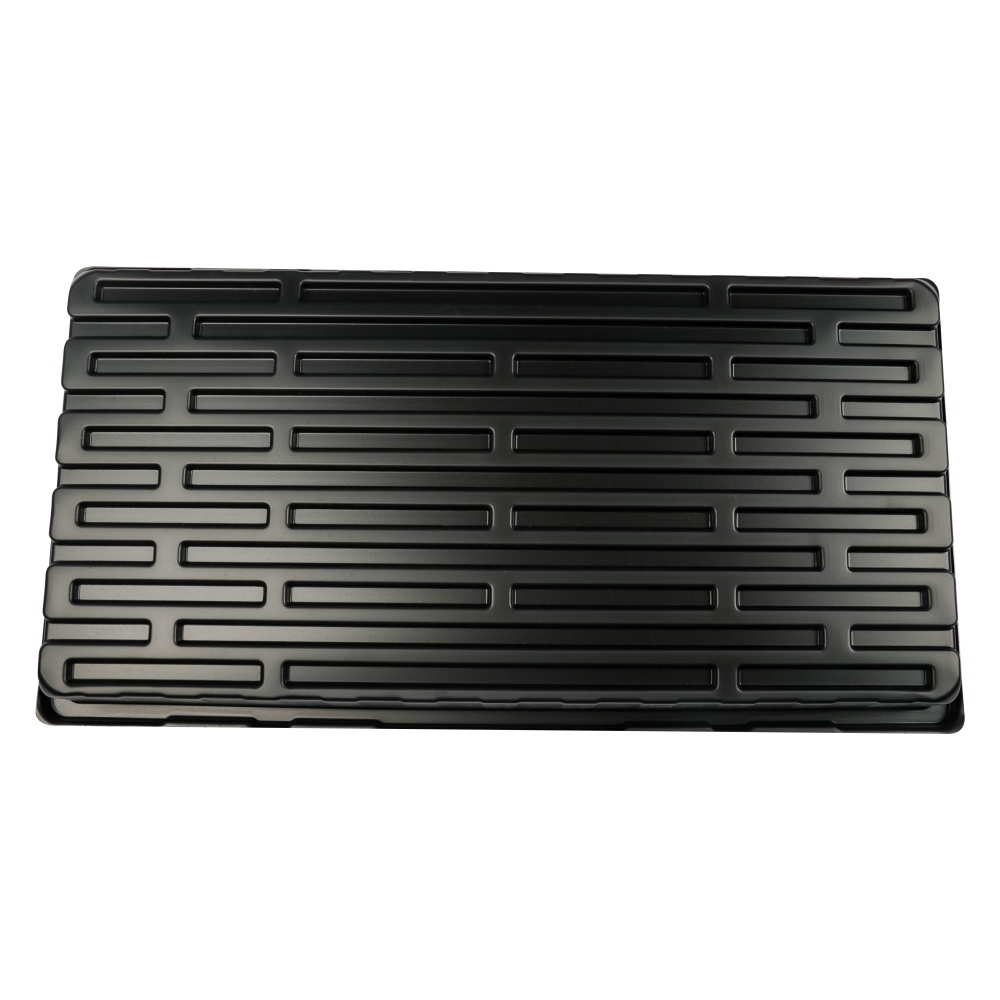
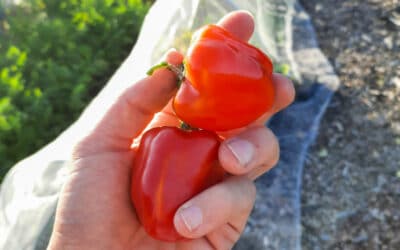



0 Comments